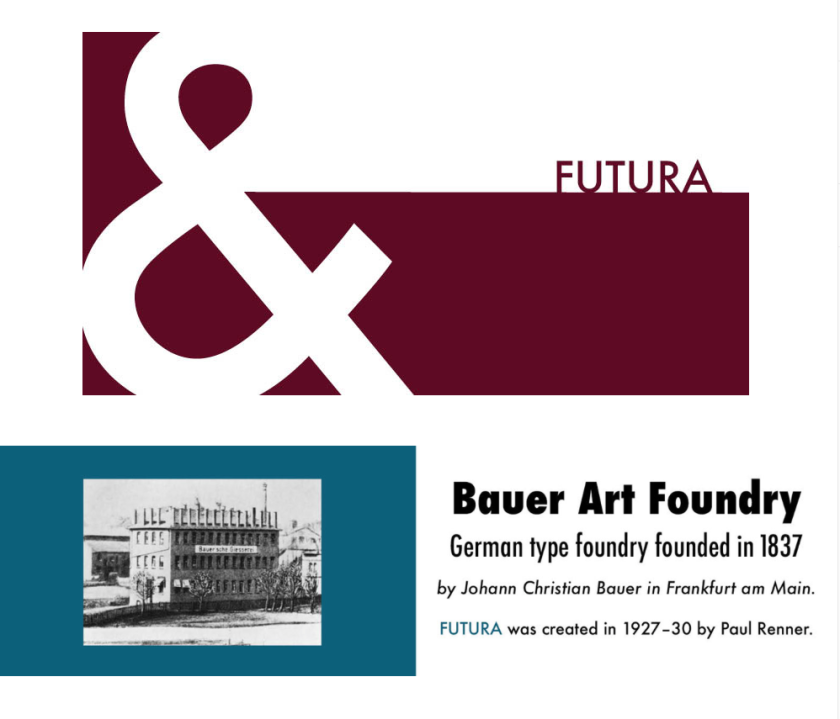I received a catalog from Patagonia, the outdoor clothing company. The cover is a dramatic photo with the name of the company in all lower-case. The font has high contrast stroke weights, interesting serifs, and a binocular lower-case “g” that is unique and has lots of personality. I used WhatTheFont to research what typeface it is based on the letterforms. The top suggestion is Belwe SH designed by George Belwe, about 1915. MyFonts describes it as “Deliberately unusual proportions and detailing break with traditional rhythm and hint at blackletter connections.”

 ‘
‘




















